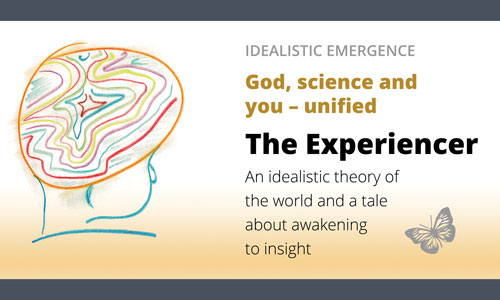Everything in the universe moves and evolves in relation to everything else. It is an extremely complex interplay that involves everything from atoms to galaxies.Imagine the Sun, the Earth and the Moon.
They dance together.
For 4.5 billion years, this whirling flirtation has been going on and on, day by day, month by month, year by year (
ref).
Does the dance last forever?
No. When it started, the days on Earth were only five hours long. The distance to the Moon was only one-twentieth of what it is today (
ref). Everything went faster and was closer.
Like a teenage infatuation.
Gradually the speed decreased, and the distances increased. The solar system is ageing, and eventually, it will collapse about 4.5 billion years into the future. The Sun is shrinking. When this happens, the temperature rises because the core becomes denser and warmer.
In just a few hundred million years, it will be so hot on Earth that all water and the atmosphere will disappear (
ref). The solar system is like everything else in the universe. The death process begins at the same time when something is born.
What is it that drives it all?
«Youthful» energy.
Everything comes from The Big Bang, which created an incredible cloud of energy and particles that were compressed to an extreme degree because space at that time was tiny. When matter is strongly compressed, the temperature rises. You can notice it when you push air into a bicycle tire. The pump gets hot.
In this extremely hot particle cloud, lumps of matter formed because accumulations occurred in spacetime from the very beginning. These were greatly strengthened as the universe expanded, as it still does.
These accumulations of matter were so hot that nuclear processes occurred, as in an atomic bomb. Stars began to shine and burn until they ran out of fuel, just as our Sun will run out.
Just before they died, some of them became so heavy, dense and hot that they exploded like supernovae in extreme flashes of gamma radiation thrown out into the universe (
ref).
We believe that such a gamma-ray burst created our solar system.
At first, there was only dust and stones in our area. Then this extreme impulse of energy rushes through space and sweeps everything away in just thirty seconds.
The dust and rocks swirl up and go into circles, as when the water in a cascading river creates vortices and rotating backwaters.
The vortices of the «cosmic river» can last a good while. They look stable for a long, long time. But then something can happen, maybe just a small, seemingly unimportant event that causes things to loosen, change shape and disintegrate.
Can this also happen with the solar system? Can it collapse at any time?
In principle, yes.
But it takes a lot because the Earth, the Sun and the Moon – for example – are large, heavy celestial bodies. The gravity between them is strong. The energy that drives them around in the dance is still present in the form of inertia.
It takes time to turn a large ship, fortunately for us.
But gradually, the energy in this system is used up, being spread thinly out as useless heat. That is relatively easy to calculate, much like when sand flows out of an hourglass.
Newton taught us how these processes work – how forces and energy work.
We have been thinking like Newton for hundreds of years now, but at the same time, it has resulted in us having a one-sided and far too simplistic view of how the world works and evolves.
Why? How can I say something like that? What is it that we have not taken in yet?
It's quite easy to illustrate, and I already presented it in the first two sentences under this subtitle.
The dance.
